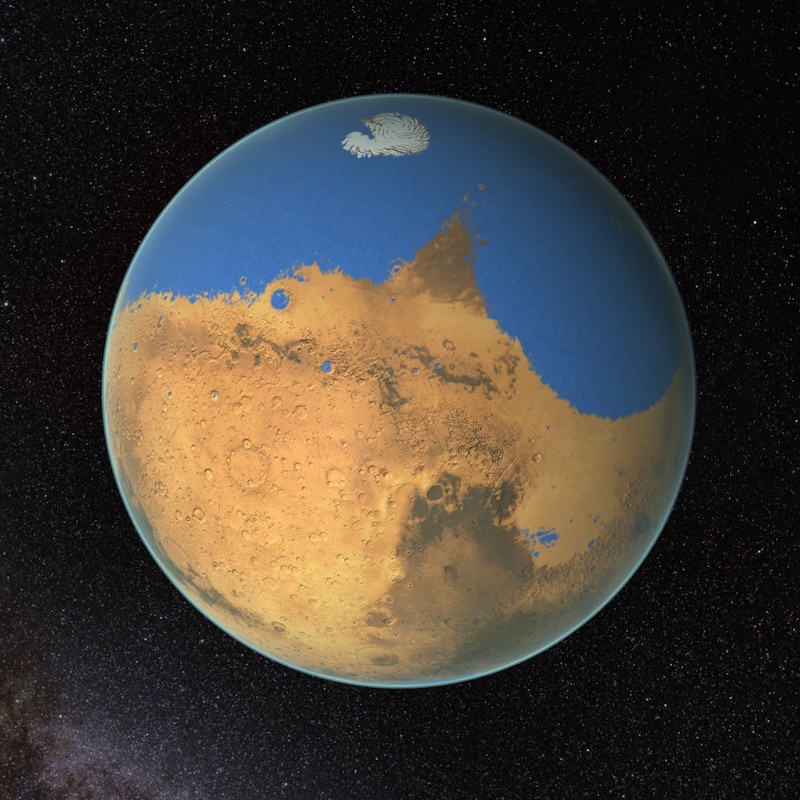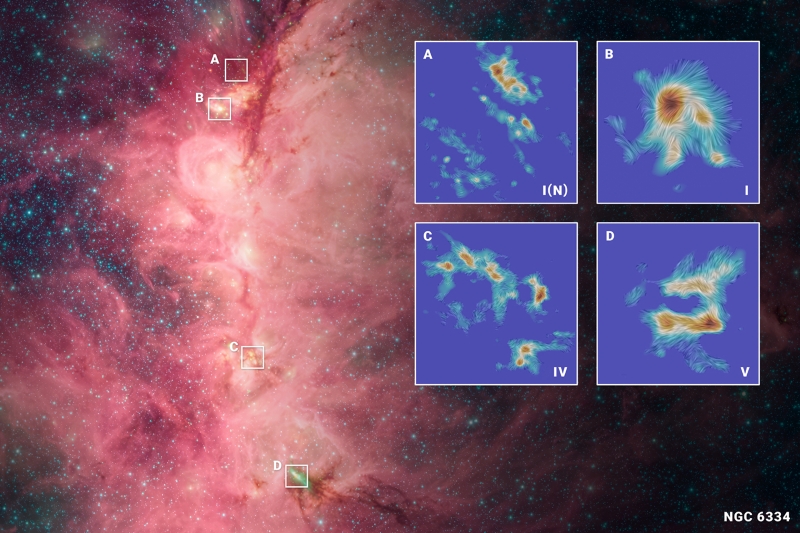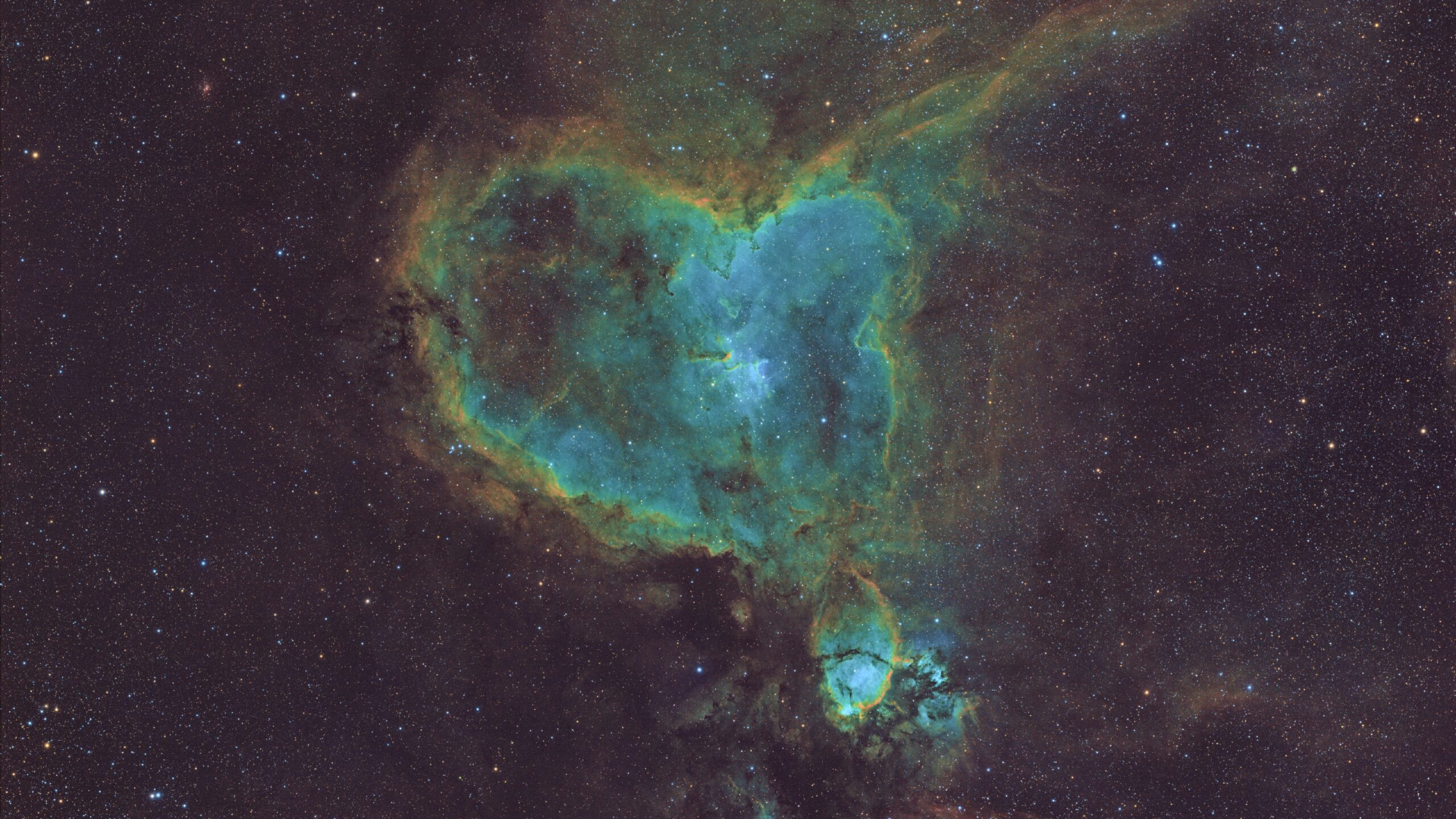Now Reading: Phosphine on brown dwarf is 1st found in surprise discovery
-
01
Phosphine on brown dwarf is 1st found in surprise discovery
Phosphine on brown dwarf is 1st found in surprise discovery
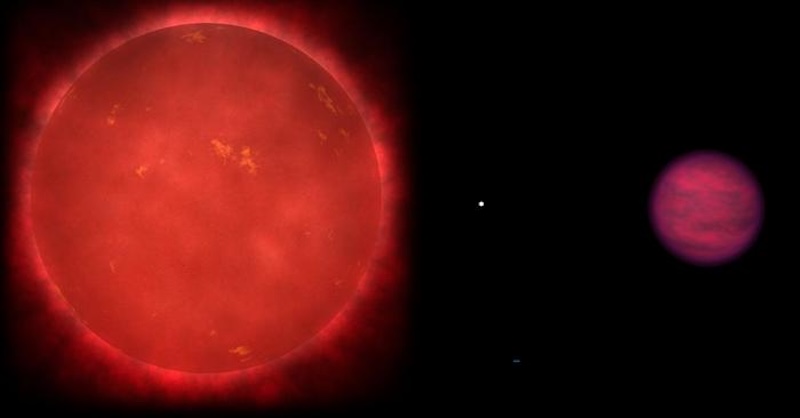
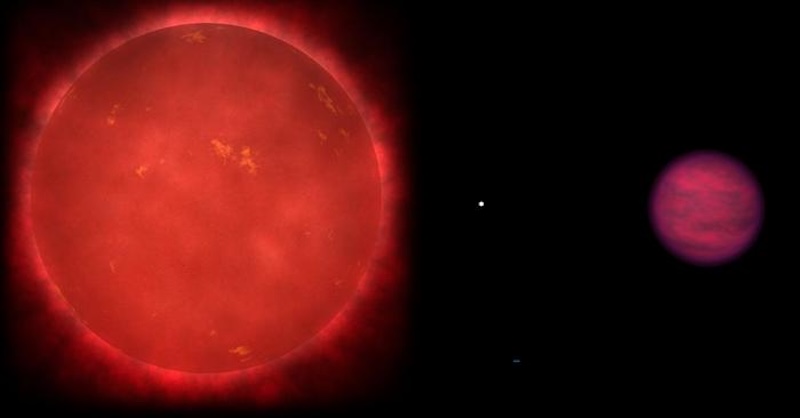
- Phosphine is a toxic, colorless gas. Living organisms produce it on Earth, but it can form other ways too, on gas giant planets such as Jupiter and Saturn.
- Astronomers have now found abundant phosphine in the atmosphere of the brown dwarf Wolf 1130C.
- It’s a surprising discovery, because while scientists had predicted phosphine to exist on brown dwarfs and gas giant exoplanets, it has largely eluded detection so far.
Phosphine on brown dwarf Wolf 1130C surprises astronomers
There was a lot of excitement when scientists announced the tentative detection of phosphine in the atmosphere of Venus in 2020. On Earth, we have phosphine primarily due to living organisms and decaying biological matter, but it can form in other ways too. Now, a new discovery adds another twist. A team of researchers, led by Adam Burgasser at the University of California San Diego, said on October 2, 2025, that it has discovered phosphine in the atmosphere of a cool brown dwarf called Wolf 1130C. The researchers used the James Webb Space Telescope for their observations.
The finding is surprising not because the phosphine is there, but because it seems to be missing in the atmospheres of other brown dwarfs and gas giant exoplanets studied so far, even though scientists predicted it to be there.
Phosphine is also in the atmospheres of Jupiter and Saturn. On such gas giant worlds, when phosphorous combines with hydrogen, it produces phosphine. So why is it present on Wolf 1130C, but not other brown dwarfs or gas giant exoplanets observed so far?
Wolf 1130C is an old and cool brown dwarf, 54 light-years from Earth. It’s part of the Wolf 1130ABC triple system. Wolf 1130A is a red dwarf star and Wolf 1130B is a white dwarf star. Wolf 1130C circles around both of them in a wide orbit.
The researchers published their peer-reviewed results in the journal Science on October 2, 2025. You can also read a non-paywalled preprint version of the paper on arXiv.
Phosphine is a toxic gas found in the atmospheres of Jupiter and Saturn. It has been recognized as a possible biosignature for anaerobic life. Now a team of researchers, led by UC San Diego's Adam Burgasser, has reported the detection of phosphine on an ancient #BrownDwarf. https://bit.ly/4o5LyoJ
— UC San Diego School of Physical Sciences (@ucsdphysci.bsky.social) 2025-10-02T18:34:18.389332003Z
Webb observes phosphine on brown dwarf
Webb, with its extraordinary sensitivity, was able to detect the phosphine on the brown dwarf. The researchers chose Wolf 1130C to examine the atmospheric chemistry of old brown dwarfs. Burgasser said:
Our astronomy program, called Arcana of the Ancients, focuses on old, metal-poor brown dwarfs as a means of testing our understanding of atmospheric chemistry. Understanding the problem with phosphine was one of our first goals.
The phosphine mystery
The researchers were surprised when they found phosphine on Wolf 1130C. Not so much because it was there, but because previous searches had mostly failed to find it on other brown dwarfs or gas giants. The gas forms naturally in the atmospheres of Jupiter and Saturn, so scientists expected it would likely form in the atmospheres of similar exoplanets and brown dwarfs as well. Yet it has been exceedingly difficult to detect. Why? As co-author Sam Beiler at Trinity College Dublin in Ireland explained:
Prior to the Webb, phosphine was expected to be abundant in exoplanet and brown dwarf atmospheres, following theoretical predictions based on the turbulent mixing we know exists in these sources. Every observation we’ve obtained with Webb has challenged the theoretical predictions; that is until we observed Wolf 1130C.
In fact – in contrast to observations of other brown dwarfs and gas giants – Webb easily detected the phosphine on Wolf 1130C. And the phosphine was abundant, about 100 parts per billion. The team needed to verify this was actually the case. As co-author Eileen Gonzales at San Francisco State University said:
To determine the abundances of molecules in Wolf 1130C, I used a modeling technique known as atmospheric retrievals. This technique uses the Webb data to back out how much of each molecular gas species should be in the atmosphere. It’s like reverse engineering a really delicious cookie when the chef wouldn’t give up the recipe.
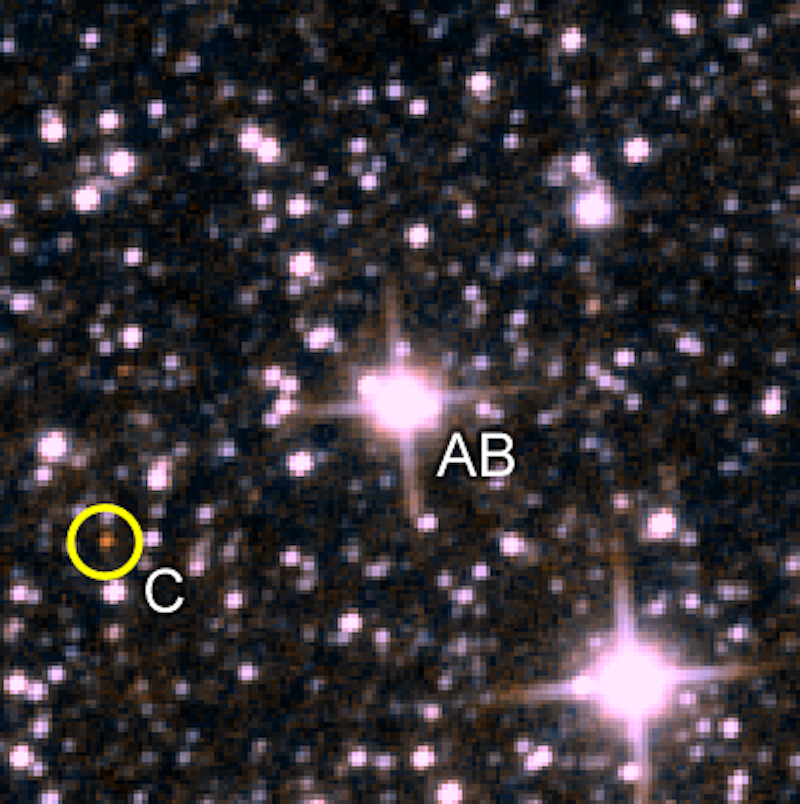
Why is phosphine so abundant on Wolf 1130C?
The discovery was exciting, but it also presented a conundrum. The atmosphere of Wolf 1130C is rich in phosphine. So why has it been so hard to detect on other brown dwarfs and gas giants?
The researchers have various hypotheses. One is that Wolf 1130C’s atmosphere is lacking in metals. That could affect the overall chemistry of the atmosphere. Beiler said:
It may be that in normal conditions phosphorus is bound up in another molecule such as phosphorus trioxide. In the metal-depleted atmosphere of Wolf 1130C, there isn’t enough oxygen to take up the phosphorus, allowing phosphine to form from the abundant hydrogen.
It’s also possible that the phosphine came from somewhere else in the Wolf 1130ABC system. The white dwarf would be the most likely source. It could have released phosphorous when the original star belched out material in a nova.
Astronomers haven’t seen any evidence of more recent novas, but they tend to repeat in cycles of thousands to tens of thousands of years. It’s possible that a nova last occurred before astronomers first discovered the system over a century ago.

Phosphine on Venus
Astronomers first announced the possible discovery of phosphine in the atmosphere of Venus back in 2020. Scientists have frequently debated its existence since then, although the most recent studies continue to suggest that it’s there. Its origin, however, is still unclear.
On Earth, living organisms or decaying biological matter produce most phosphine. Thus, its presence in Venus’ atmosphere – not expected by current atmospheric models – has become a subject of much debate.
The phosphine on Wolf 1130C is unlikely to be of biological origin, however, since its formation had been predicted to be similar to that of phosphine on Jupiter and Saturn. That process is completely unrelated to life. And brown dwarfs – generally larger than gas giant planets but smaller than stars – are not exactly life-friendly.
But the discovery of phosphine on Wolf 1130C is still exciting. And it can teach us much about exotic brown dwarfs and even other gas giant exoplanets.
Bottom line: Astronomers have made a surprising discovery of phosphine on brown dwarf Wolf 1130C. It had been predicted but not seen in brown dwarf atmospheres until now.
Source: Observation of undepleted phosphine in the atmosphere of a low-temperature brown dwarf
Via University of California San Diego
Read more: Rare quadruple star system could unlock brown dwarf mystery
Read more: Does phosphine on Venus mean … life?
The post Phosphine on brown dwarf is 1st found in surprise discovery first appeared on EarthSky.
Stay Informed With the Latest & Most Important News
Previous Post
Next Post
-
 012024 in Review: Highlights from NASA in Silicon Valley
012024 in Review: Highlights from NASA in Silicon Valley -
 02Panasonic Leica Summilux DG 15mm f/1.7 ASPH review
02Panasonic Leica Summilux DG 15mm f/1.7 ASPH review -
 03How New NASA, India Earth Satellite NISAR Will See Earth
03How New NASA, India Earth Satellite NISAR Will See Earth -
 04And Thus Begins A New Year For Life On Earth
04And Thus Begins A New Year For Life On Earth -
 05Astronomy Activation Ambassadors: A New Era
05Astronomy Activation Ambassadors: A New Era -
06SpaceX launch surge helps set new global launch record in 2024
-
 07Space Force plans new ‘Futures Command’ amid pressure to speed up modernization
07Space Force plans new ‘Futures Command’ amid pressure to speed up modernization













